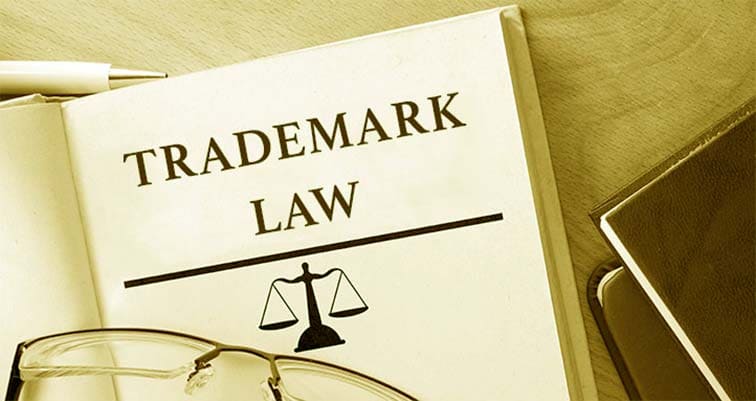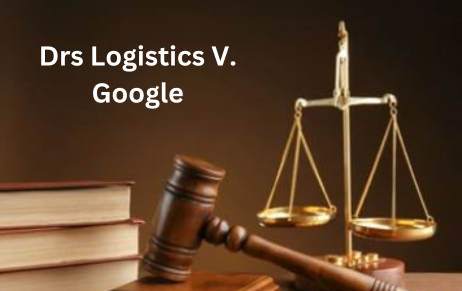INTRODUCTION Businesses seek to lure customers to the brand by using Google Ads word program,…
Protection Of Acronyms Under Trademark Law
Acronyms are defined as the abbreviations of longer words formed by the initial letters or groups of letters of words in a set phrase. While the trademark is defined as “A mark capable of being represented graphically and which is capable of distinguishing the goods or services of one person from those of others.” From the above definitions, it’s clear that the acronym is registrable under the trademark act but there are certain questions that still require legal dissections like do we automatically get protection over the acronym of the registered name, or do we need to register it separately? It also raises a question like what would happen when registered names are different but their Acronyms are deceptively similar or identical?
SCOPE OF PROTECTION
Acronyms are not automatically granted trademark protection. To qualify for Acronym protection, the acronym must be filed in a separate application after the registration of the name. The proposed acronym should not be generic or be recognized by customers as being synonymous with a particular product. It needs to have a definition distinct from the generic descriptive terms. If that condition is met, the trademark law can recognize the Acronyms or short forms of the registered names as valid trademarks. For a better understanding of this concept, We can assume a scenario where an organization named “ALL INDIA LEGAL FORUM” wants to protect the short form of its name “AILF” under the trademark law, however, the other organization named with “ALL INDIA LAWYERS FORUM” filed an opposition against the claim of “ALL INDIA LEGAL FORUM” and filed a separate claim over the protection of “AILF”. Here the questions arise, who has valid claims over the protection and whether the term “AILF” is generic or unique in nature?
Since it is clear that the registration of name does not include registration of its Acronyms. The board in the given scenario has to look upon whether the Acronyms are registered or not. If there’s no registration of the acronym then granting protection to the organization with the prior registration of the original name could be a possible approach. However, in some circumstances, an unregistered trademark holder can also get protection in the form of passing off, if the holder establishes that the unregistered mark has comparable goodwill or reputation in connection with the product.
When an acronym is registered as a trademark, the rights holder may initiate litigation against the use of the identical or similar acronym. However, in such cases similarities in the appearance, sound, or meaning are examined.
If two Acronyms are similar and are meant for the same thing, legal action can be initiated however, when the Acronyms vary even in one letter, then the overall perception will decide whether an action is possible or not. Let’s take the example of TVS and TVF. Are TVs and TVF unique because only one letter is different or these are similar? In the given example, The first two letters are the same but the last letter i.e S and T looks and sounds very different. Hence on balance, we can say these Acronyms are not similar. In contrast, TVF and EVF are very similar to each other because they differ only by one letter and sound very similar to those two letters. Therefore, we can say one letter can make a huge difference.
In the case of Superon Schweisstechnik India v. Modi Hitech India Ltd, the Delhi High Court ruled on the issue of abbreviations of words being used as trademarks where the complainant named Superon Schweisstechnik India, operated an enterprise for the repair of welding electrodes and used the term “SUPERON” as a trademark. Along with SUPERON, the company also used the term “VAC PAC” for electrodes that are vacuum packaged. The defendant named Modi Hitech India Ltd., who used the trademark GMM/arc for its products also uses “VAC PAC” for vacuum packaged electrodes.
The complainant argued that “VAC PAC” is a word invented by it, and the word acquired a secondary meaning with its widespread usage and time period suggesting that the goods containing the term belonged to his company.
Nevertheless, the court rejected the claims of the complainant and ruled that both parties have substantially different primary trademarks (SUPERON, GMM / arc, respectively). The court further observed that “the scope of protection for descriptive words—and in particular, abbreviations as trademarks—was extremely limited, persons using descriptive trademarks that are merely common words in the English language and who choose to juxtapose such words to make them look like creations should be discouraged“. As in the present case, the term ‘VAC PAC’ merely implies the product type, i.e., ‘packaged vacuum,’ which was crucial in order to support a long life of welding electrodes.
NATURE OF ACRONYMS
In Pre-Paid Legal Services, Inc., The examiner held that the acronym defines only the feature, function, or intent of the services of the applicant is not entitled to be protected under trademark law. A mark consisting of an acronym will be considered substantially synonymous with descriptive wording if:
- The mark proposed is an abbreviation or acronym for specific wording
- The specific wording is merely descriptive of the services of the applicant; and
- A relevant consumer recognizes it as being an equivalent of merely descriptive wording when viewing the acronym with respect to the services of the applicant.
Therefore from the above discussion, it is clear that the acronym needs to be suggestive rather than merely descriptive for trademark protection.
CONCLUSION
In light of the above discussion, we can say that the protection of Acronyms under the trademark law is not properly defined and is a little bit ambiguous in nature. An acronym may be able to get protection under trademark if its original phrase eligible for trademark protection (LG for Lifes Good). But if the acronym is the shorter version of a generic or descriptive term, then it will not be able to get protection under present trademark laws.
Since the trademark role in marketing is now at its peak, the scope of protection of Acronyms is needed to be tapped in order to cope up with the current realities as It allows consumers to know the brand in an easier way. Therefore, the need of the hour is to come up with balanced laws that provide a broader scope for the protection of Acronyms along with maintaining their viability in the current scenario.
Author: Shubhank Suman, a 5th-year B.B.A. L.L.B. student of National Law University Odisha, an intern and Aishani Singh, Litigation Associate at Khurana & Khurana, Advocates and IP Attorneys. In case of any queries please contact/write back to us at [email protected].


